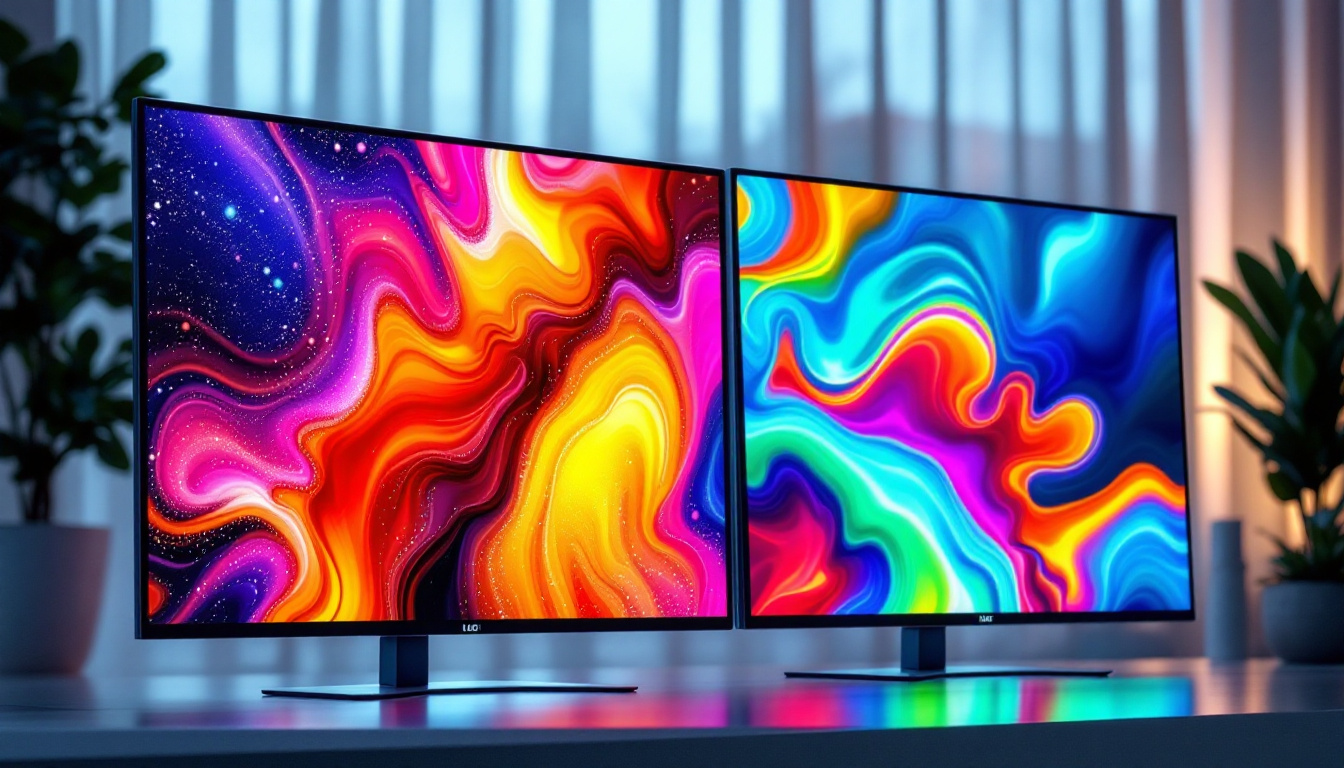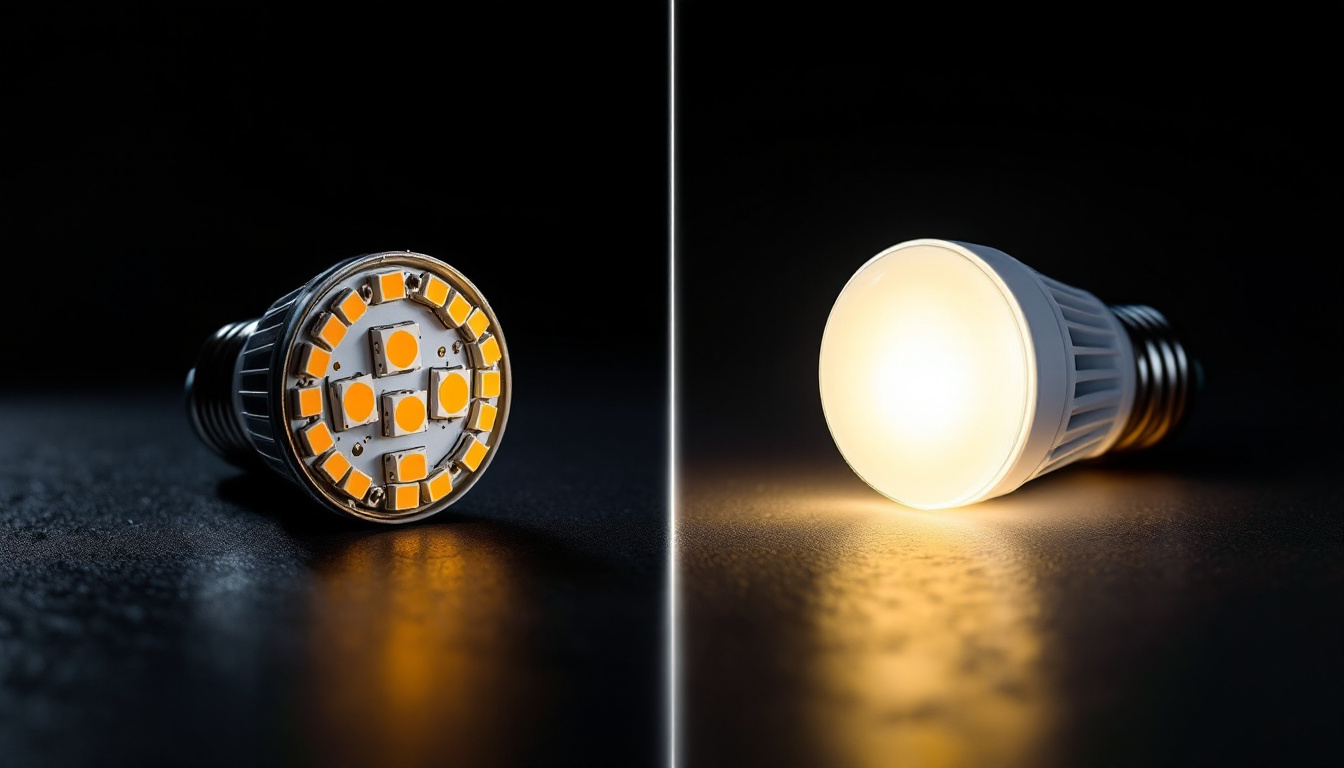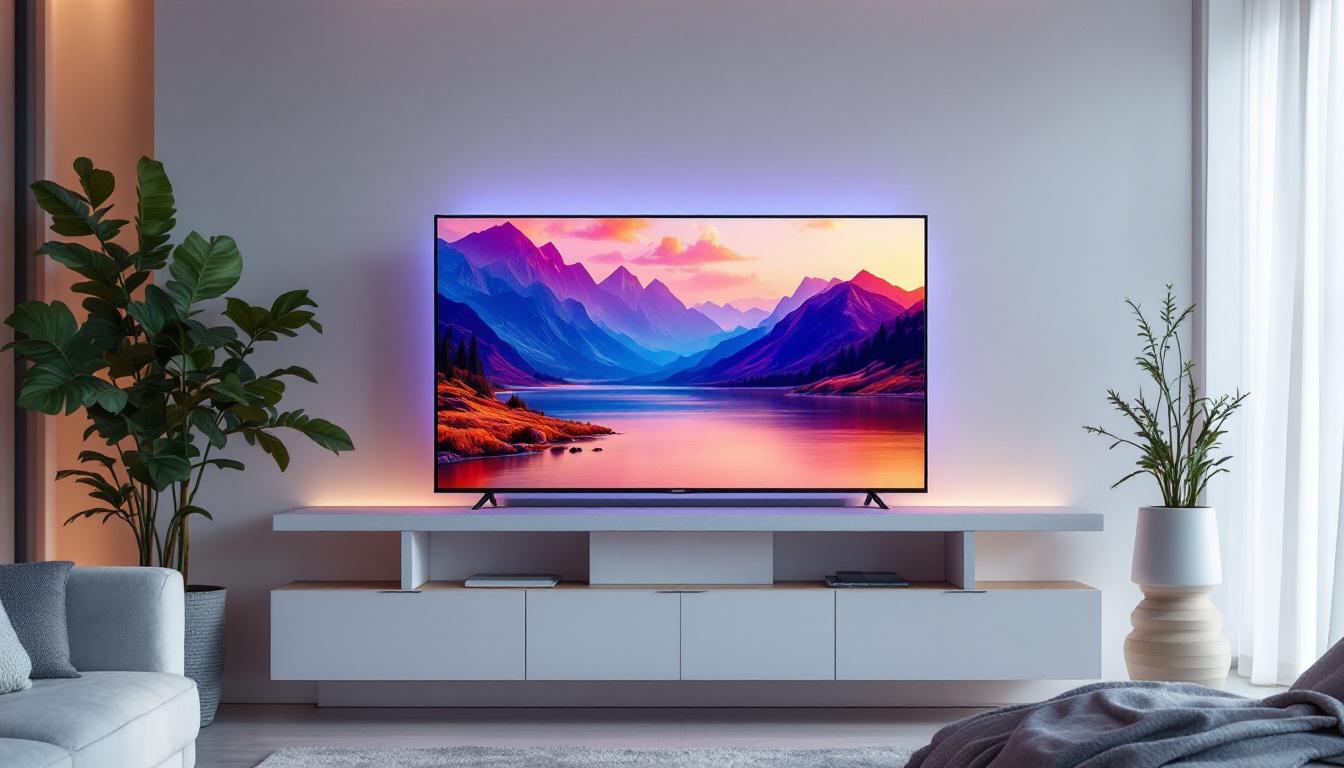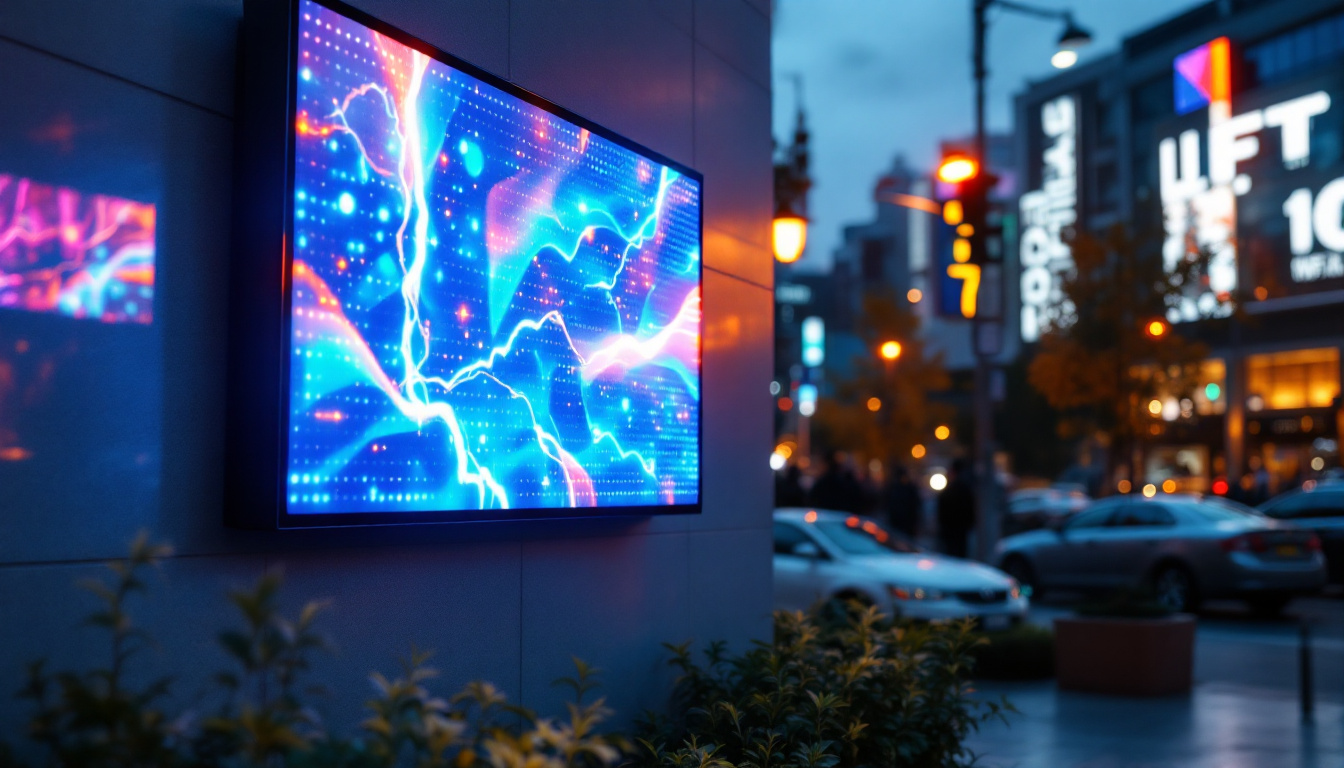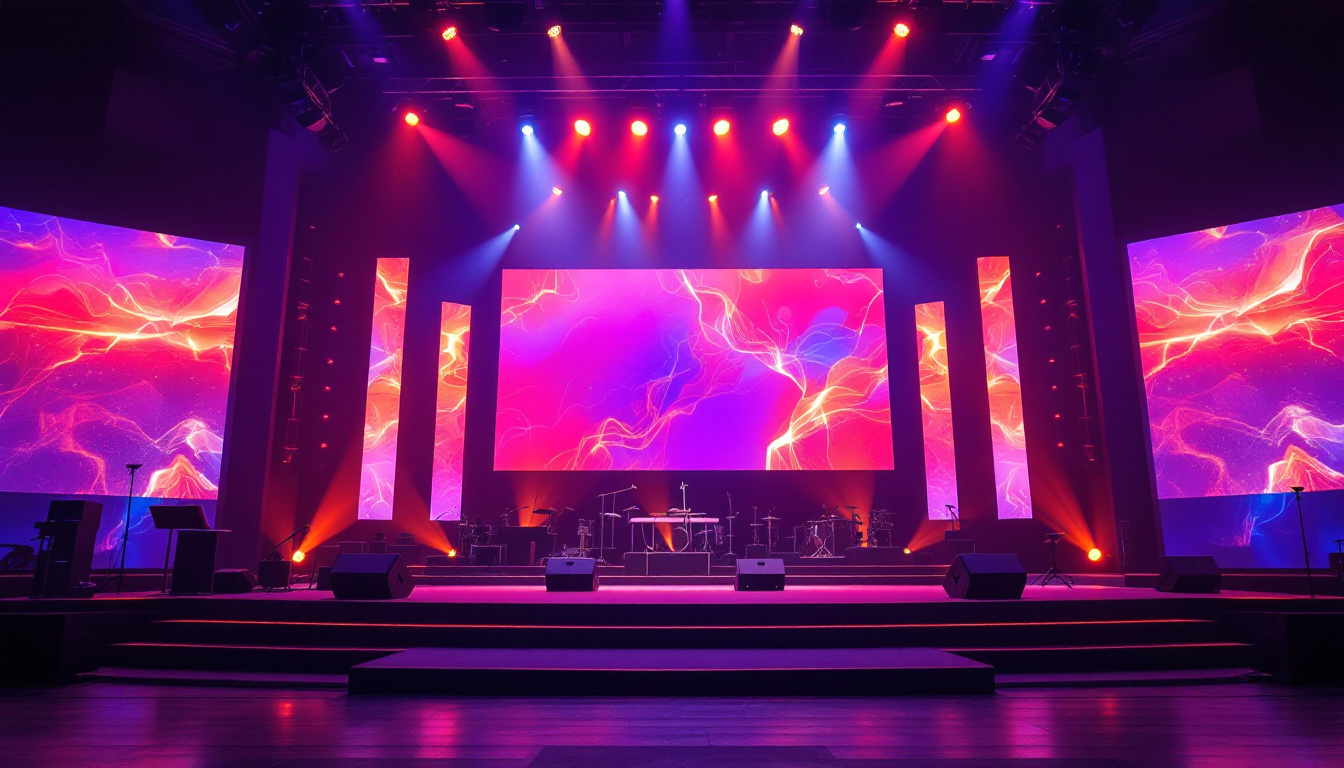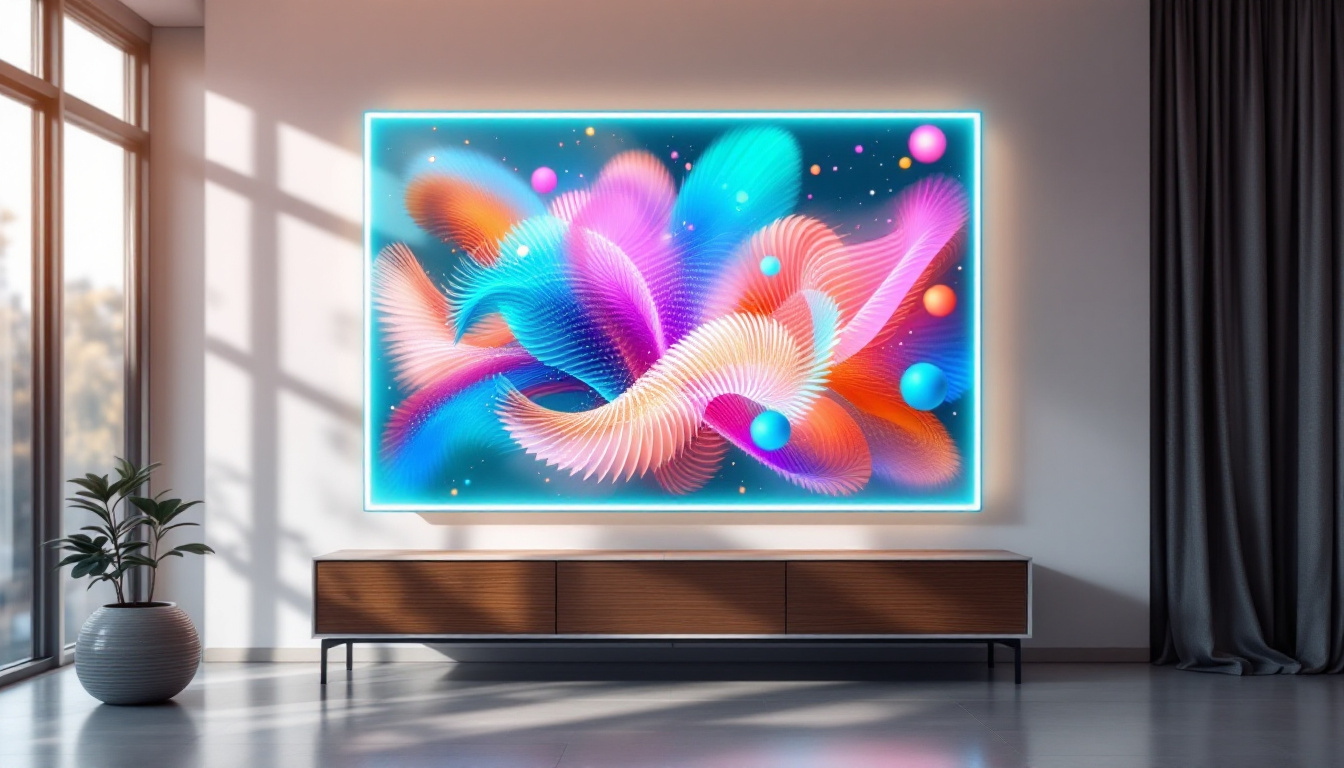Oled Display: LED Display Explained
In the realm of modern display technology, two prominent types have emerged as frontrunners: OLED (Organic Light Emitting Diode) and LED (Light Emitting Diode) displays. Both technologies have their unique advantages and applications, but understanding their fundamental differences is essential for consumers and professionals alike. This article delves into the intricacies of OLED and LED displays, exploring their functionalities, benefits, and ideal use cases.
Understanding LED Displays
LED displays have become ubiquitous in various applications, from televisions and computer monitors to digital signage and smartphones. They rely on a backlighting system that illuminates pixels to create images. This section will explore the workings of LED displays and their advantages.
How LED Displays Work
At the core of an LED display is a liquid crystal display (LCD) panel that utilizes LED technology for backlighting. The LCD panel itself does not emit light; instead, it relies on the LEDs positioned behind or around it to provide illumination. This backlighting can be either edge-lit or direct-lit, with the latter offering more uniform brightness across the screen.
The combination of liquid crystals and LED backlighting allows for vibrant colors and decent contrast ratios. However, the performance of LED displays can be limited by their reliance on backlighting, which can sometimes lead to less-than-optimal black levels and color accuracy. Advanced technologies, such as local dimming, have been developed to address these limitations, allowing specific areas of the screen to dim or brighten independently, thus enhancing the overall picture quality.
Advantages of LED Displays
One of the primary advantages of LED displays is their energy efficiency. Compared to traditional LCDs that use fluorescent backlighting, LED displays consume significantly less power, making them more environmentally friendly. Additionally, they tend to have longer lifespans, which translates to lower maintenance costs. This longevity is particularly beneficial in commercial settings, where displays are used continuously for advertising or information dissemination.
LED displays are also known for their brightness. This feature makes them particularly suitable for outdoor use, where ambient light can affect visibility. Furthermore, they are widely available in various sizes and resolutions, catering to diverse consumer needs. The versatility of LED technology extends to its application in curved and flexible displays, which are becoming increasingly popular in both consumer electronics and innovative architectural designs. These advancements not only enhance the aesthetic appeal but also open up new possibilities for immersive experiences in gaming and virtual reality environments.
Exploring OLED Displays
OLED technology represents a significant leap forward in display innovation. Unlike LED displays, OLED panels do not require backlighting, as each pixel emits its own light. This fundamental difference leads to a range of benefits that enhance the viewing experience. The absence of backlighting not only allows for deeper blacks but also contributes to energy efficiency, as power consumption can be significantly lower when displaying darker images. This makes OLED displays not only visually stunning but also more environmentally friendly in the long run.
How OLED Displays Work
In an OLED display, organic compounds are sandwiched between two conductors. When an electrical current passes through, these compounds emit light. Since each pixel can turn on or off independently, OLED displays can achieve true black levels by completely turning off individual pixels. This results in a higher contrast ratio compared to LED displays. The technology also allows for a wider viewing angle, meaning that colors remain consistent and vibrant even when viewed from the side, making it an excellent choice for group viewing scenarios.
The self-emissive nature of OLED technology allows for thinner and more flexible designs, paving the way for innovative applications such as curved and foldable screens. This flexibility has made OLED a popular choice for high-end smartphones and televisions. Furthermore, the lightweight nature of OLED panels facilitates the development of ultra-slim devices, which not only look sleek but also enhance portability. As manufacturers continue to push the boundaries of design, we can expect to see even more creative implementations of OLED technology in various consumer electronics.
Advantages of OLED Displays
One of the most celebrated advantages of OLED displays is their superior color accuracy and vibrancy. With the ability to produce a wider color gamut, OLED screens deliver stunning visuals that are particularly appealing for media consumption. The deep blacks and high contrast ratios contribute to a more immersive viewing experience. This makes OLED displays particularly favored by filmmakers and content creators who seek to showcase their work with the utmost fidelity. The technology’s ability to render colors in a way that closely mimics human perception adds an extra layer of realism to films, games, and photographs.
Additionally, OLED displays offer faster response times, making them ideal for fast-paced content such as gaming and sports. The reduced motion blur enhances clarity during rapid movements, providing a smoother experience for viewers. This responsiveness is critical for competitive gaming, where every millisecond counts. Moreover, the low latency of OLED screens ensures that gamers can enjoy a seamless experience, which is further enhanced by the technology’s ability to support high refresh rates. As a result, OLED displays are not only transforming home entertainment but are also becoming a staple in the gaming industry, appealing to both casual and professional gamers alike.
Comparative Analysis: OLED vs. LED
When deciding between OLED and LED displays, it is crucial to consider various factors, including performance, cost, and intended use. This section provides a comparative analysis to help consumers make informed decisions.
Performance Metrics
In terms of performance, OLED displays generally outperform LED displays in several key areas. The ability to achieve true blacks and a wider color range makes OLED the preferred choice for professionals in photography, graphic design, and video editing. However, LED displays still hold their ground with impressive brightness levels, making them suitable for well-lit environments.
Furthermore, OLED displays can suffer from burn-in, a phenomenon where static images persist on the screen over time. While manufacturers have implemented various technologies to mitigate this issue, it remains a consideration for potential buyers, especially those who consume content with static elements, such as news channels or video games with HUDs.
Cost Considerations
Cost is another significant factor when comparing OLED and LED displays. Generally, OLED technology comes with a higher price tag due to its advanced manufacturing processes and superior performance. While prices for OLED displays have been decreasing over the years, they still tend to be more expensive than their LED counterparts.
On the other hand, LED displays are available at a wide range of price points, making them accessible to a broader audience. For consumers on a budget, LED displays provide excellent value without sacrificing too much in terms of quality.
Use Cases for OLED and LED Displays
Understanding the ideal applications for each display type can further aid in making an informed decision. This section highlights the best use cases for OLED and LED displays, considering their unique strengths.
Best Applications for OLED Displays
OLED displays excel in environments where color accuracy and contrast are paramount. They are particularly well-suited for:
- Home Theaters: The immersive viewing experience offered by OLED makes it a favorite for home cinema enthusiasts.
- Professional Design: Graphic designers and photographers benefit from the accurate color reproduction and deep blacks.
- Mobile Devices: The thin, flexible nature of OLED screens makes them ideal for smartphones and wearables.
Best Applications for LED Displays
LED displays shine in scenarios where brightness and durability are essential. They are commonly used in:
- Outdoor Signage: The high brightness levels of LED displays make them perfect for billboards and digital signage in bright environments.
- Office Displays: LED monitors are widely used in corporate settings due to their longevity and cost-effectiveness.
- Television Sets: Many households opt for LED TVs for their affordability and solid performance in various lighting conditions.
Future Trends in Display Technology
As technology continues to evolve, both OLED and LED displays are undergoing significant advancements. This section explores emerging trends that could shape the future of display technology.
Advancements in OLED Technology
Researchers are actively working on improving OLED technology to address its limitations, such as burn-in and lifespan. Innovations like MicroLED and QD-OLED (Quantum Dot OLED) are gaining traction, combining the best features of both OLED and traditional LED technologies.
MicroLED, for instance, offers the self-emissive characteristics of OLED while eliminating burn-in issues. This technology promises to deliver exceptional brightness and color accuracy, making it a potential game-changer in the display market.
Enhancements in LED Technology
On the LED front, advancements in Mini-LED and MicroLED technologies are pushing the boundaries of performance. Mini-LED backlighting allows for improved contrast and brightness control, enhancing the overall picture quality of LED displays.
MicroLED, like its OLED counterpart, consists of tiny self-emitting pixels, offering the potential for incredible color accuracy and contrast without the drawbacks of traditional LED displays. As these technologies mature, they may redefine the landscape of display options available to consumers.
Conclusion
In summary, both OLED and LED displays offer unique advantages that cater to different needs and preferences. OLED displays provide superior color accuracy, contrast, and flexibility, making them ideal for high-end applications. Conversely, LED displays excel in brightness, energy efficiency, and affordability, making them suitable for a wide range of environments.
As technology continues to advance, the lines between these two display types may blur, leading to even more innovative solutions. Understanding the differences and applications of OLED and LED displays empowers consumers to make informed choices that align with their specific requirements. Whether for professional use or personal enjoyment, the right display technology can significantly enhance the viewing experience.
Discover LumenMatrix’s Innovative LED Solutions
Ready to experience the pinnacle of LED display technology? LumenMatrix is at the forefront of innovation, offering a diverse range of LED display modules designed to elevate your visual communication. From Indoor and Outdoor LED Wall Displays to specialized solutions like Vehicle, Sports, and Floor LED Displays, our products are crafted to captivate and engage your audience. Embrace the future with our Custom, All-in-One, and Transparent LED Displays. Check out LumenMatrix LED Display Solutions today and transform your brand’s visibility with our cutting-edge visual experiences.

